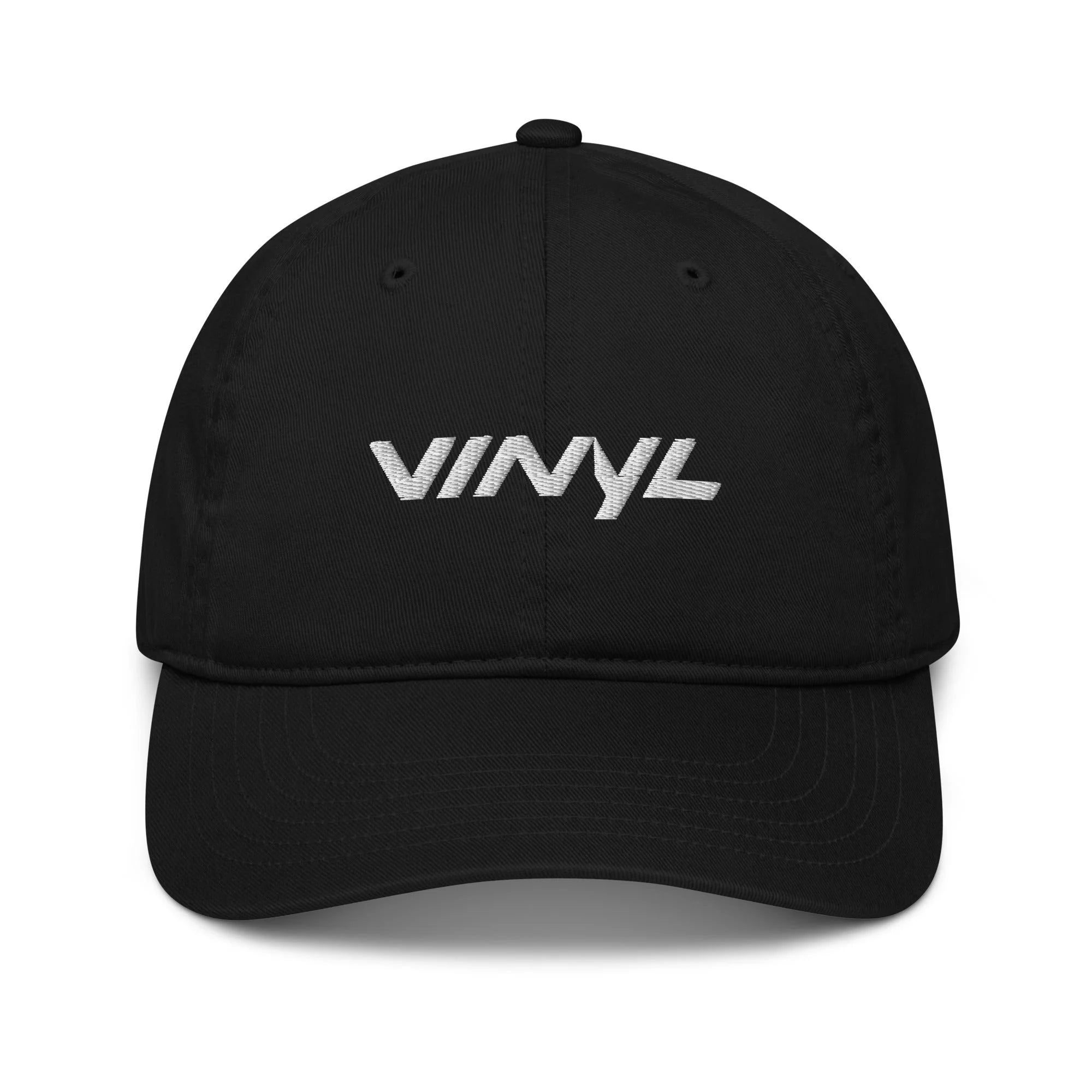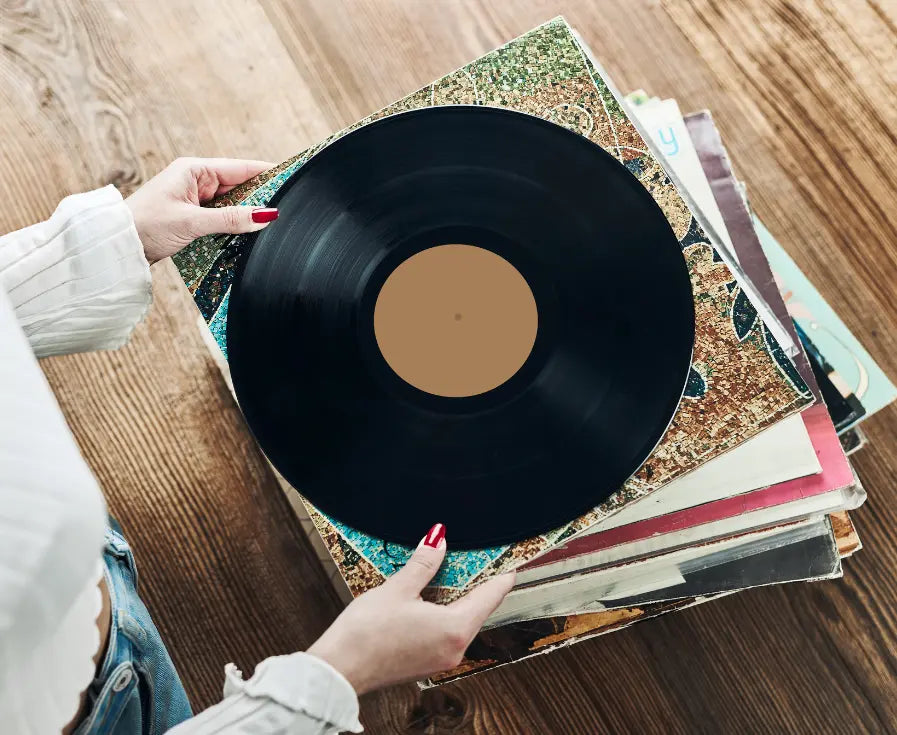When you step into the world of vinyl, you're not just a music enthusiast; you become a custodian of history. Each record is a piece of the past, and its condition tells a story. That's where understanding vinyl grades comes into play. Grading is not just about the music; it's about preserving and appreciating the cultural artifact that is a vinyl record. This guide is crafted to simplify the grading process, giving you the tools to assess, value, and care for your collection. Whether you’re looking to buy vinyl records online or treasure what you already own, grasping the nuances of vinyl grading will deepen your appreciation for these analog wonders.

Breaking Down the Vinyl Grading System
The grading scale for vinyl records is essential for collectors and enthusiasts who seek to assess the quality and value of their vinyl. This spectrum, ranging from 'Mint' to 'Poor', offers a standardized measure of a record's physical condition and playback quality. Here is a detailed look at each grade:
- Mint (M): A Mint condition record is pristine, indicative of a vinyl that has been preserved in its original state without ever being played. The cover and extras should also be flawless, with no creases, ring wear, or discoloration. Collectors value Mint vinyls highly due to their rarity and the expectation of perfect audio clarity.
- Near Mint (NM): Near Mint records are nearly perfect, showing only the most minute signs of handling. Such records have been played very few times, if at all, and handled with extreme care. The vinyl’s shine is intact, grooves are clear, and any defects in sound quality are nearly imperceptible. The cover and any inserts might have the lightest touch of wear but still appear fresh and unblemished.
- Very Good Plus (VG+): Records graded Very Good Plus are well-cared-for but have been played more than a few times. They exhibit minor signs of wear and handling, such as slight ring wear or minor scuffing. The audio quality is less than perfect but still lacks any overt distortions or skips. VG+ records offer a good balance between cost and quality for the average collector.
- Very Good (VG): A record in Very Good condition shows more obvious signs of wear due to regular playing. There may be light scratches that affect the sound, but they don’t overpower the music. Surface noise is more evident, especially in quiet passages. However, despite these imperfections, VG records still maintain a reasonable sonic integrity and are considered a good purchase when rarer recordings are sought.
- Good (G): A Good grade indicates a record that has been played extensively and has significant wear, including scratches and scuffs that affect playback. The sound quality is diminished, with background noise and pops likely. While still playable, these records are often purchased by those less concerned with fidelity and more interested in content or cover art.
- Fair (F): Fair condition records have undergone considerable wear and are generally used for filling gaps in a collection or as a placeholder until a better copy is found. The sound quality is heavily compromised, with persistent noise and possible skips. The artwork and sleeve may have significant wear, seam splits, or markings.
- Poor (P): The lowest grade, Poor, describes records that are essentially unplayable or might even be physically damaged. These records typically only serve as a collector’s item due to rarity or particular historical significance, with little to no practical listening value.
Understanding these gradations assists collectors in making informed decisions about their purchases and managing their collections effectively. Whether you're a seasoned collector or a novice, knowing the grading scale can significantly enhance your collecting experience by helping you to accurately measure the physical and sonic quality of each record.
Evaluating vinyl grades relies on a set of criteria that includes looking for scratches, scuffs, warps, and any other anomalies that could affect play. A visual vinyl surface inspection is the first step, looking at the record under a strong light to identify any imperfections. Visual inspection alone isn't enough; one must also play the record to listen for any noise or sound quality issues that are not visible. The combination of these assessments forms the basis of the vinyl grading standards.
Grading can be nuanced, with a vinyl surface inspection providing only part of the picture. Visual grading might reveal a scratch, but only by listening can you determine if it affects the sound. Arecord may look pristine but produce pops or crackles when played. Understanding common flaws like scratches, warps, and mold is essential in grading vinyl records. Scratches can cause skips or repeating sections, while warps might make a record unplayable. As said before, surface noise, such as pops or crackles, can detract from the listening experience even if the record appears visually clean. Each flaw affects the grade differently, and understanding their impact is key to accurately assessing vinyl grades.
The Role of Sleeve Condition in Vinyl Grading System
It's crucial to look for signs of wear and tear. One critical area is the edges of the sleeve, which are prone to fraying from repeated handling or improper storage. This fraying can diminish the aesthetic and structural integrity of the sleeve, thus lowering its grade. The spine of the sleeve demands attention; it should be legible and free from fading or crushing, as this area often contains essential information about the album, such as the title and artist, which aids in identification and categorization. Moreover, the presence of ring wear, a telltale sign that the record inside the sleeve has pressed against and marked the cover, must be scrutinized. This often appears as a circular wear pattern that can be superficial or deeply ingrained, depending on the sleeve's material quality and the duration of storage.
The presence of imperfections such as wrinkles, bends, writing, or stickers can all impact the sleeve's grade. For collectors, these flaws can detract from the visual appeal and can also suggest a lack of care in handling, potentially reflecting similar treatment of the record itself. When considering the sleeve condition in the vinyl grading system, it's acknowledged that an imperfect sleeve doesn't always equate to a damaged record, but it does affect the overall desirability and therefore the grade.

To ensure the longevity and pristine condition of your record sleeves, which significantly impacts the overall value of your vinyl collection, it's important to adhere to certain best practices. These methods not only protect the physical integrity of your records but also enhance their aesthetic appeal, making them a proud display in any collector's array. Here’s how you can keep your sleeves in top shape:
- Protective Outer Sleeves: Employing protective outer sleeves is one of the most effective ways to safeguard your record sleeves from environmental factors that lead to wear and tear. These sleeves act as a barrier against dust, dirt, and physical abrasion from shelving and handling. They are typically made from polyethylene or similar materials, offering a clear view of the artwork while providing substantial protection.
- Clean Handling: Handling record sleeves with clean hands is crucial to avoid transferring oils, dirt, and other contaminants that can mar the surface. It is advisable to wash and dry your hands thoroughly before touching any part of your vinyl collection. For added protection, some enthusiasts prefer to use archival gloves, which further minimize the risk of fingerprints and smudges that can become permanent over time. This practice not only maintains the visual appeal of your sleeves but also contributes to the overall cleanliness of your collection environment.
- Proper Storage: The way you store your vinyl records can dramatically affect their condition over time. It is important to store them vertically to avoid warping, and away from direct sunlight, which can fade and weaken the sleeve artwork. Additionally, maintaining a consistent and moderate environment free from humidity is crucial; excessive moisture can lead to mold growth and paper degradation. Specialized storage units or shelves designed for vinyl storage are ideal, as they provide adequate air circulation and prevent undue pressure on the records and sleeves.
By implementing these best practices, you not only preserve the quality and appearance of your record sleeves but also enhance the overall value and longevity of your vinyl collection. Proper care and handling reflect the pride of a dedicated collector and ensure that your collection remains in excellent condition for years to come.
While some collectors prioritize the quality of the vinyl itself, others may value a pristine sleeve equally for its artwork and cultural significance. Balancing these two components in an overall assessment is a nuanced process, requiring an understanding that both elements contribute to the collectible nature of the record. The harmonization of these aspects is what makes vinyl grading for record collection a unique and skilled practice.
Professional vs. Personal Vinyl Grading
Vinyl grading is inherently subjective. Even within established vinyl grading standards, there is room for interpretation. A professional grader may have a sharp eye for detail and access to high-fidelity playback equipment, allowing for a more precise evaluation. In contrast, personal grading, conducted by individual collectors or sellers, may rely more on visual inspection and personal playback systems. This subjectivity is why understanding the grading process is critical for anyone involved in buying, selling, or collecting vinyl records. For collectors, developing a consistent method for assessing vinyl grades is crucial. By standardizing your grading process — from the lighting used for vinyl surface inspection to the playback equipment for listening tests — you can achieve a level of accuracy that is both reliable and trustworthy. Documenting your grading criteria and adhering to them with every record assessed helps in maintaining consistency in your personal grading approach.
There are instances where the expertise of a professional grader is invaluable, particularly for rare or potentially high-value records. Professional graders utilize a combination of specialized equipment and extensive experience to provide an accurate grade. They also stay up-to-date on market trends and collector expectations, which can significantly influence the grading process. Seeking a professional appraisal is especially recommended when you need a definitive assessment for insurance purposes or before a significant sale. With the rise of vinyl records online, the ability to accurately interpret grading descriptions becomes paramount. Sellers often use grading terms to describe their items, but without a standardized system, one seller's "Very Good" might be another's "Good Plus". It's essential to communicate clearly and ask questions when the grading isn't clear.
Practical Applications of Vinyl Grading Knowledge
When you're planning to buy vinyl records online, the listed grade can guide you on the record's condition, but it's important to read the seller's grading description carefully. Look for sellers who provide detailed accounts of the record's playability and any cosmetic issues. Don't hesitate to ask for additional photos or audio clips if you're unsure. Careful examination helps you make informed purchases and avoid disappointment upon the record's arrival.
If you're on the selling side, accurately grading your records is crucial for building trust with buyers. Be honest and detailed about the condition of both the vinyl and the sleeve. If there are any defects, such as scratches or sleeve damage, describe them accurately and, if possible, show them in pictures. Such transparency not only aids in establishing a good reputation but also prevents potential disputes with buyers, ensuring smooth transactions.
Understanding vinyl grades goes beyond the technical aspects; it enhances your collecting experience by deepening your appreciation for each record's unique story. It allows you to measure the journey a record has been through and consider the care it needs to continue its legacy. Your knowledge of grading becomes a part of the narrative, enriching the cultural tapestry that your collection represents. Vinyl grading is not merely a technicality; it is the language through which collectors, sellers, and enthusiasts communicate. It allows us to express the condition of a record, to share its history, and to maintain the trust that is the foundation of the vinyl market. A deep understanding of vinyl grades empowers us to make informed decisions, value our collections properly, and continue the traditions of vinyl collecting with respect and knowledge.

The principles of vinyl grading are likely to remain loyal. However, the methods may evolve with technology, perhaps incorporating more digital tools for analysis and sharing condition reports. The essence, though, will stay the same: a shared commitment to the music and the medium. As new enthusiasts join seasoned collectors in the vinyl revival, the grading system will continue to be a guiding star, helping all to navigate the vast seas of records with confidence and expertise.

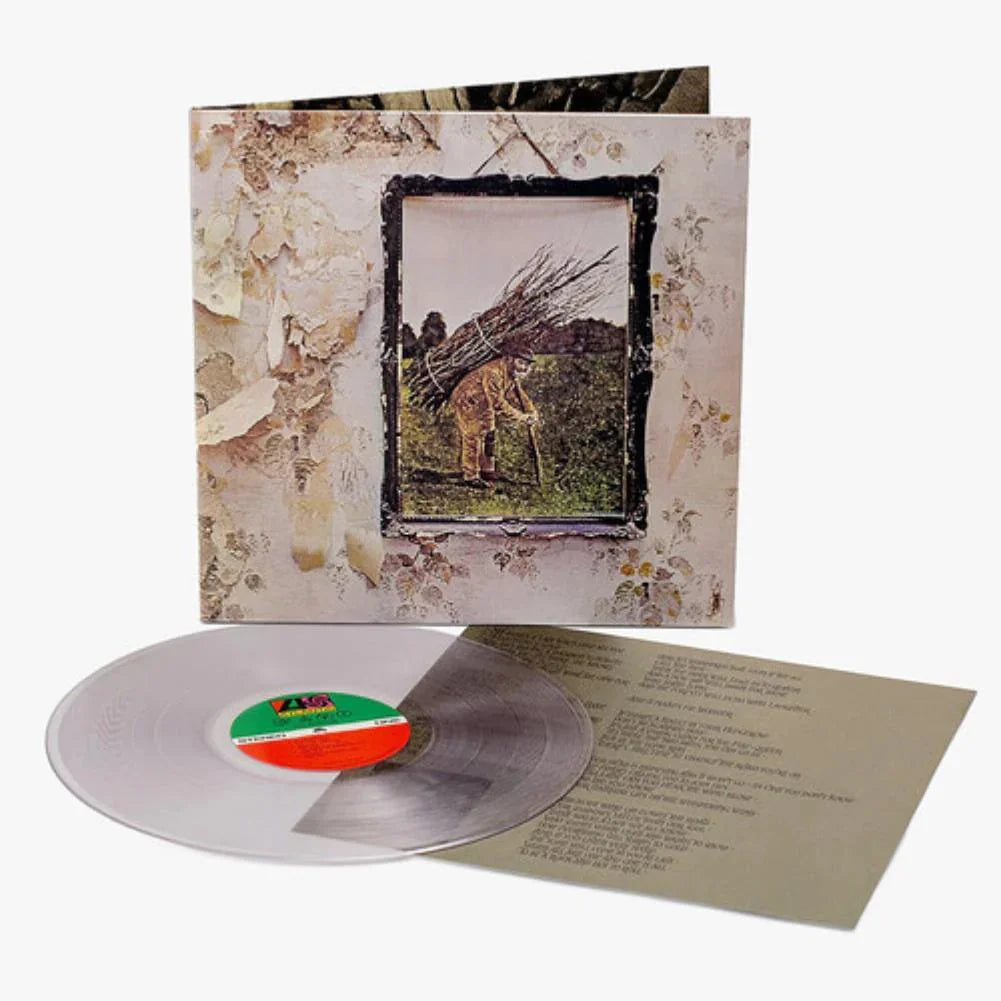
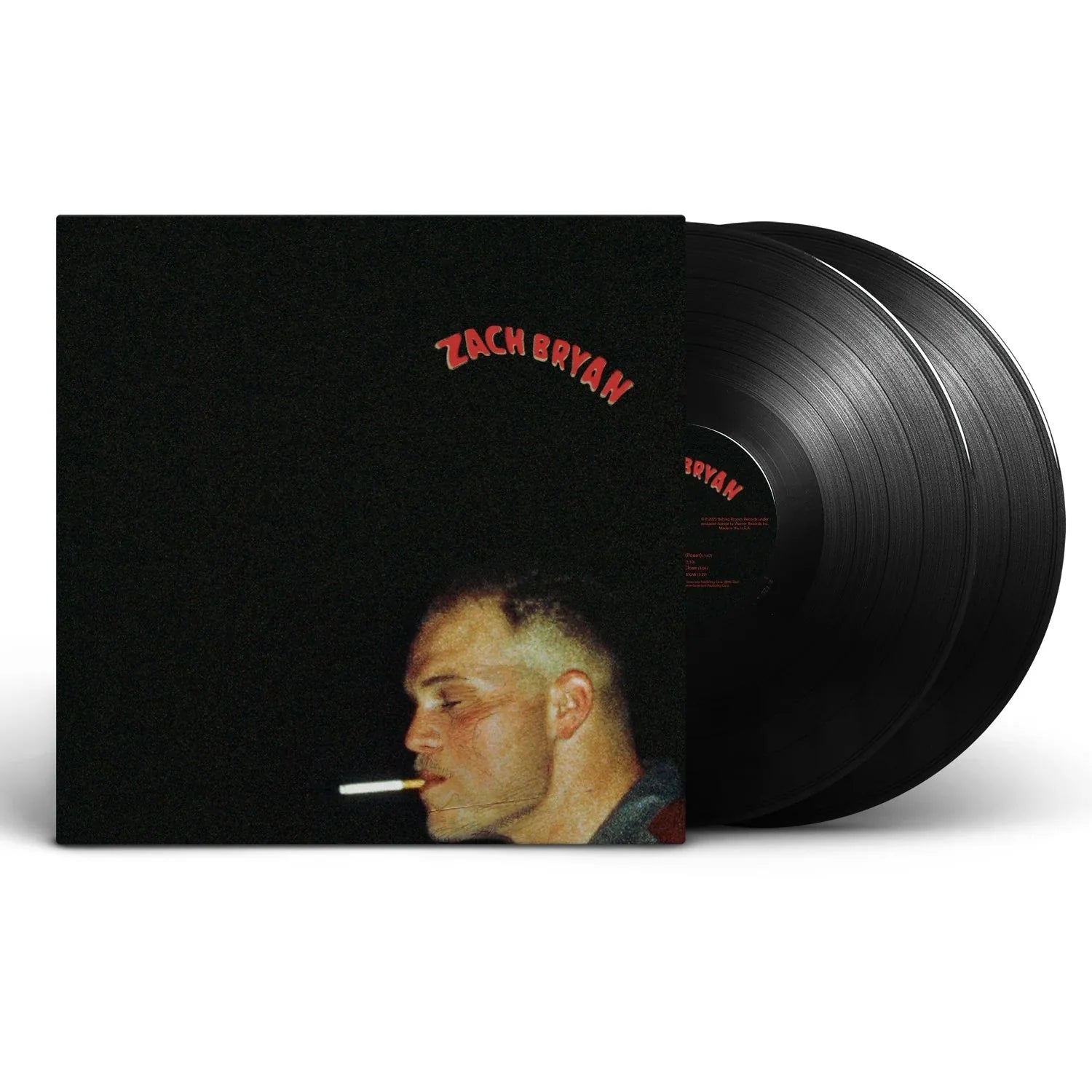
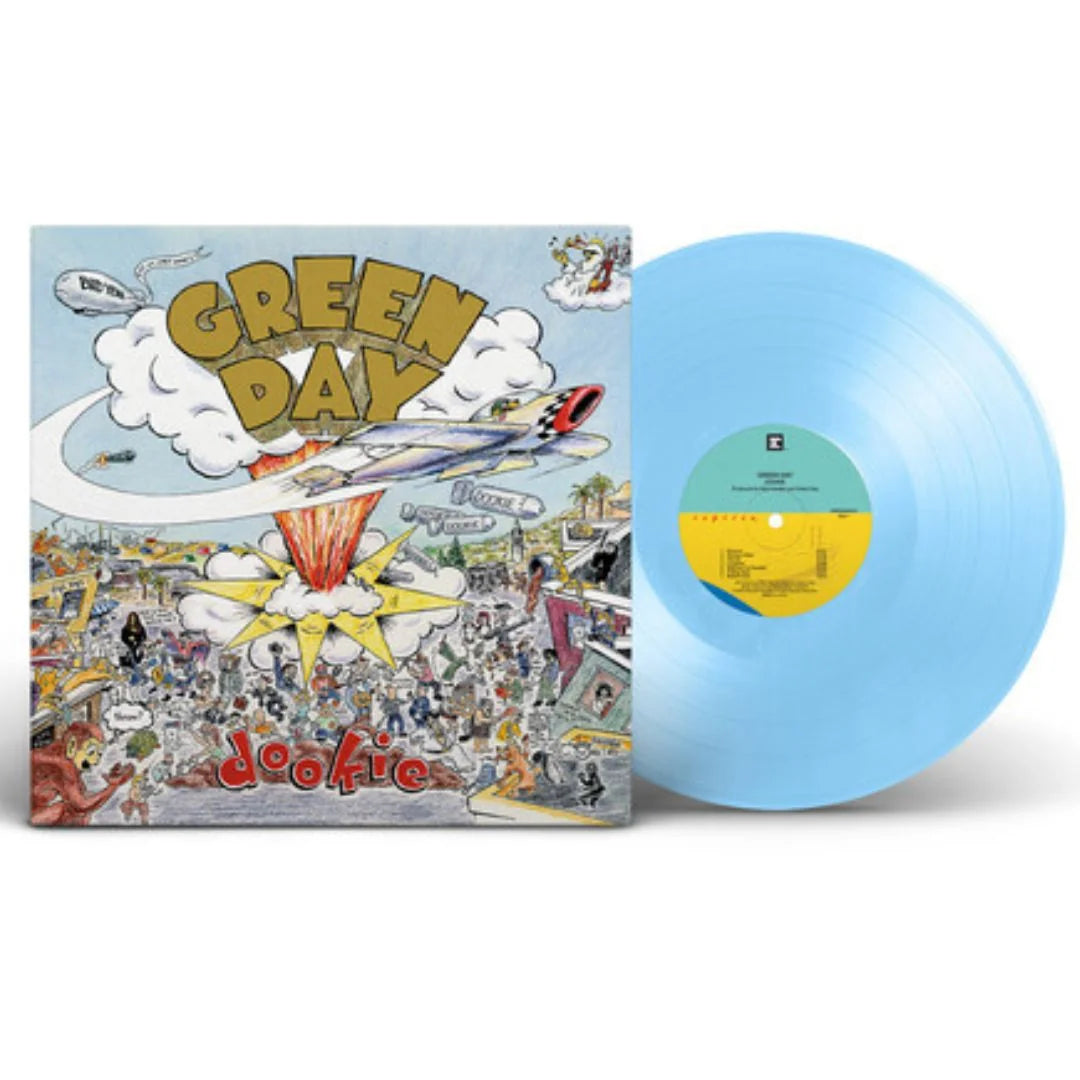
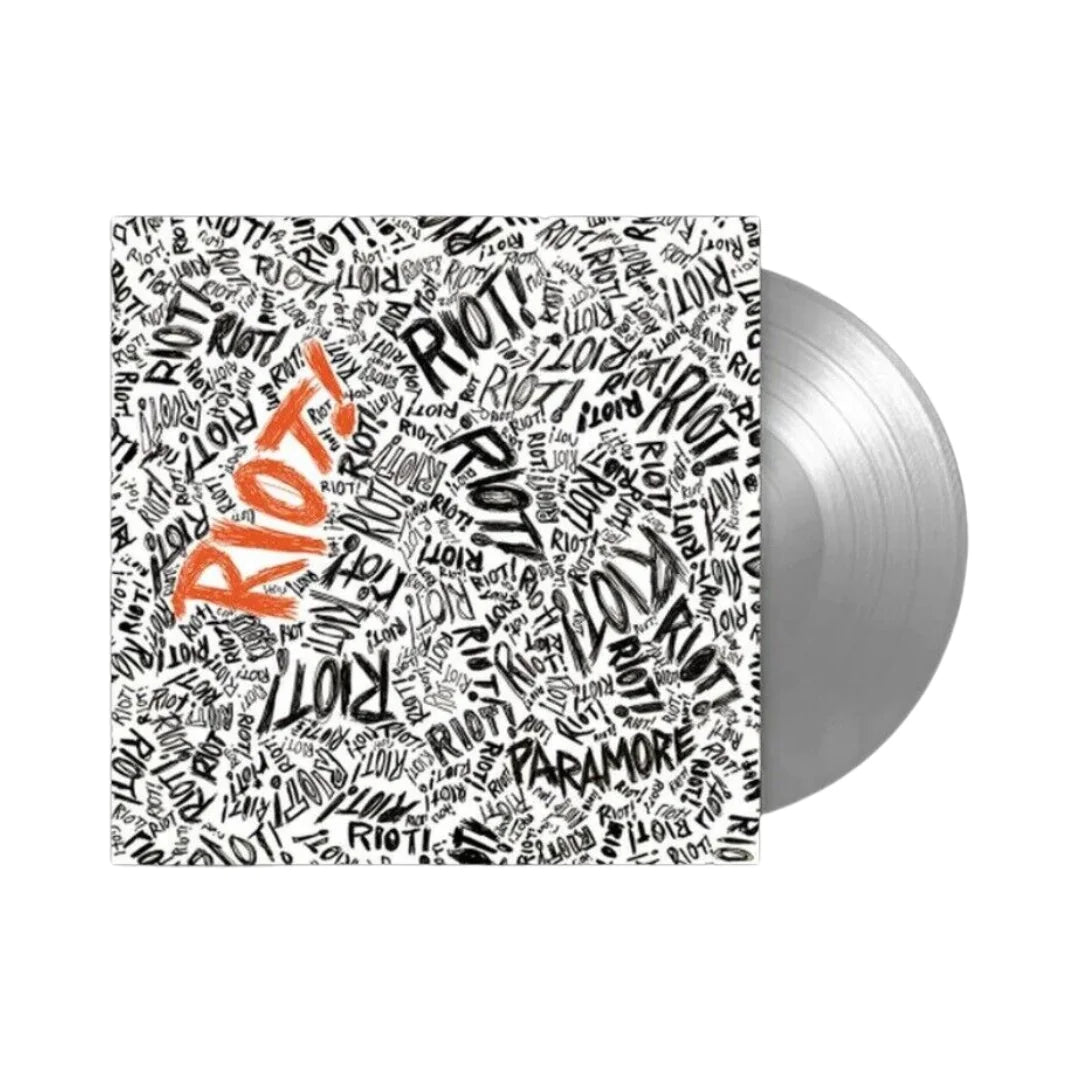
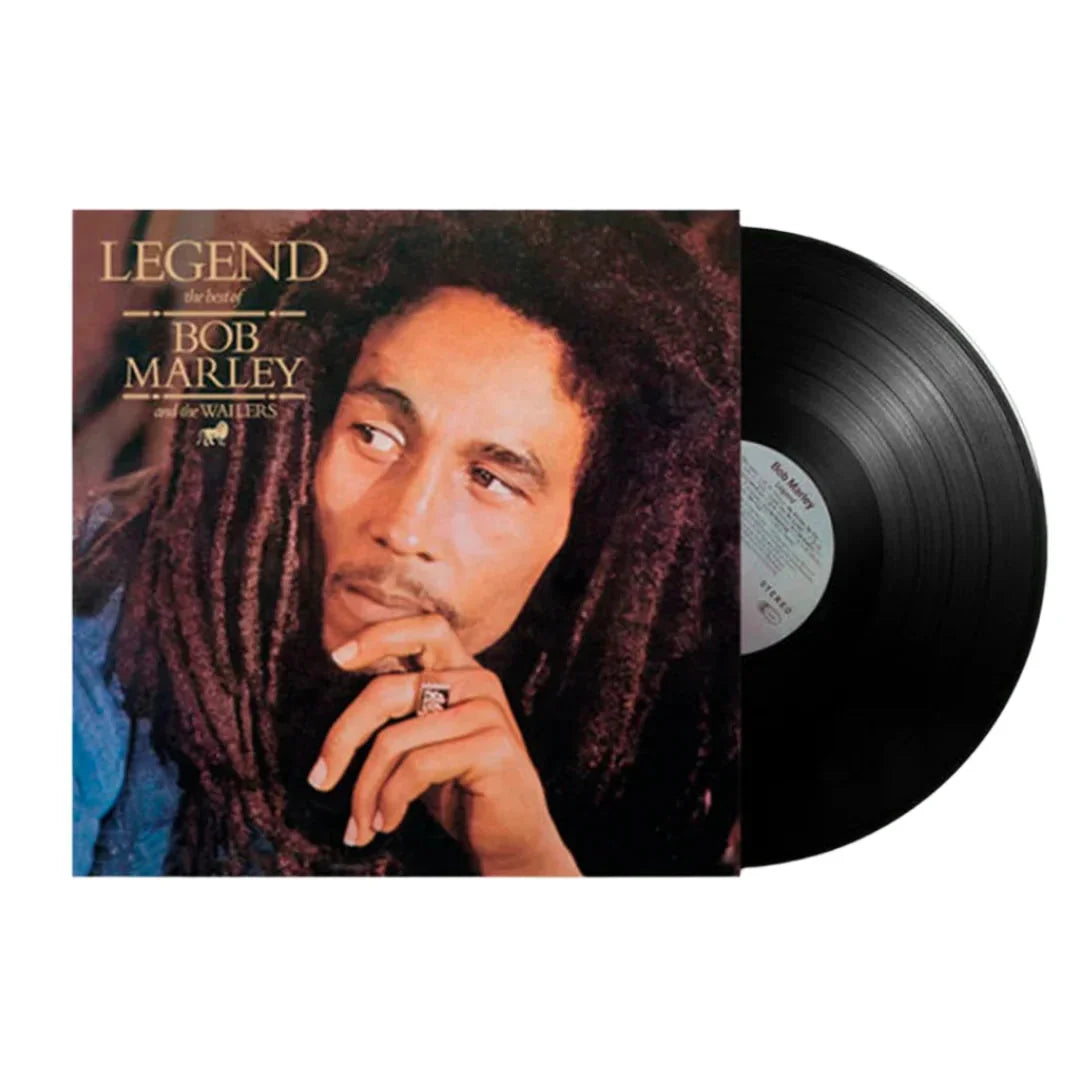
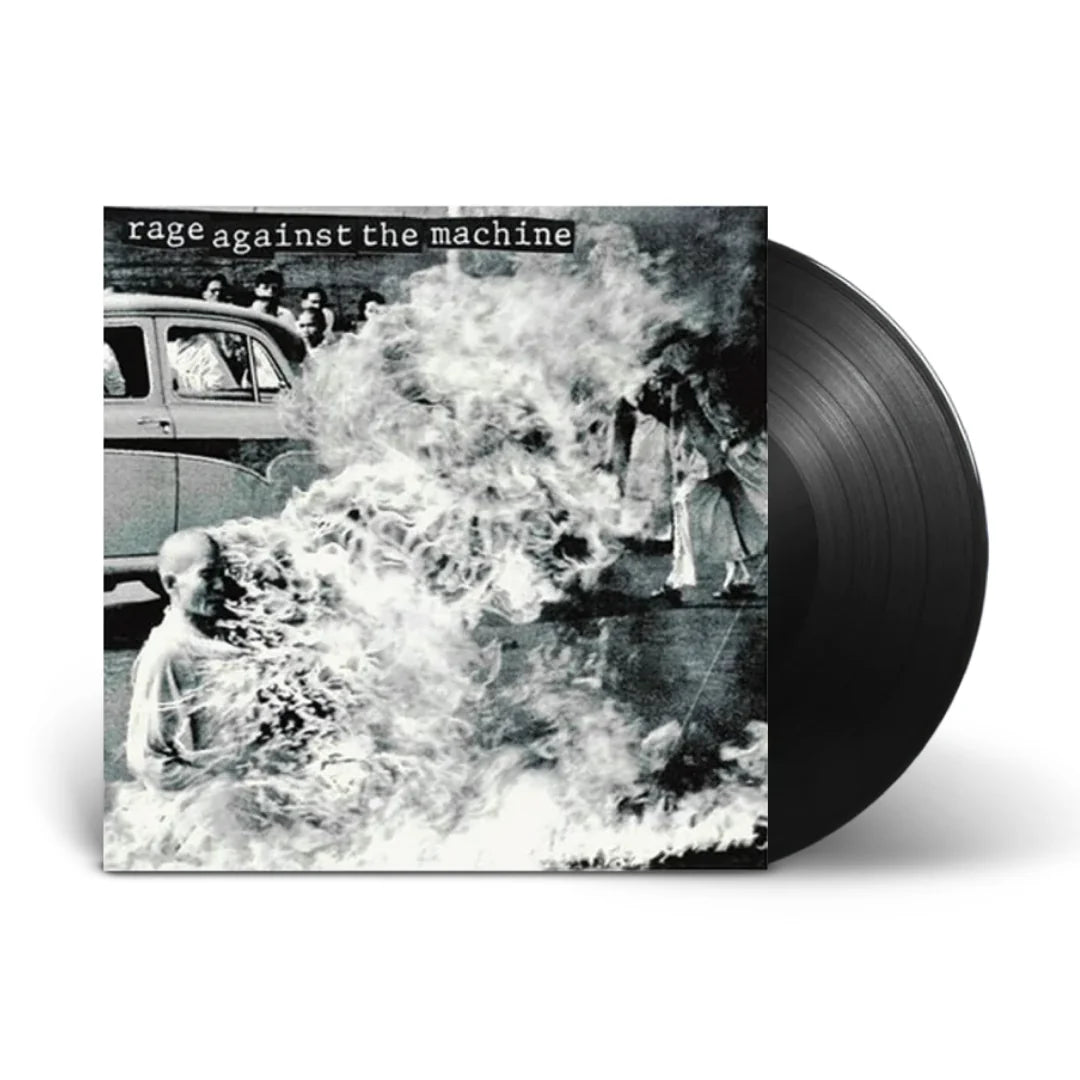
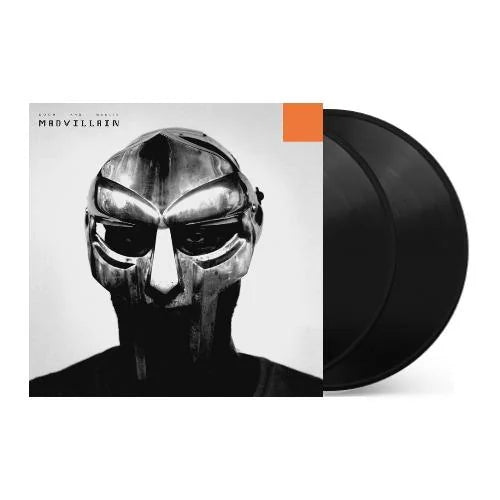
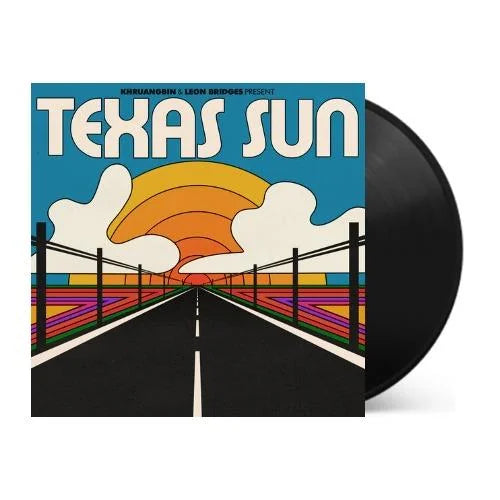
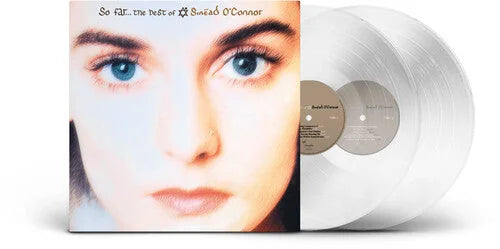
![The Grateful Dead - The Music Never Stopped [6LP Box Set]](http://vinyl.com/cdn/shop/files/The_Grateful_Dead-The_Music_Never_Stopped__6LP_Box_Set.jpg?v=1747729623&width=5760)
![The Grateful Dead - Madison Square Garden, New York, NY 3/9/81 (2023 Rocktober Edition) [5LP Box Set]](http://vinyl.com/cdn/shop/files/4247396-3042523.jpg?v=1758034700&width=5760)

![Sufjan Stevens - Songs For Christmas [5LP Box Set]](http://vinyl.com/cdn/shop/files/3576666.jpg?v=1684195276&width=5760)
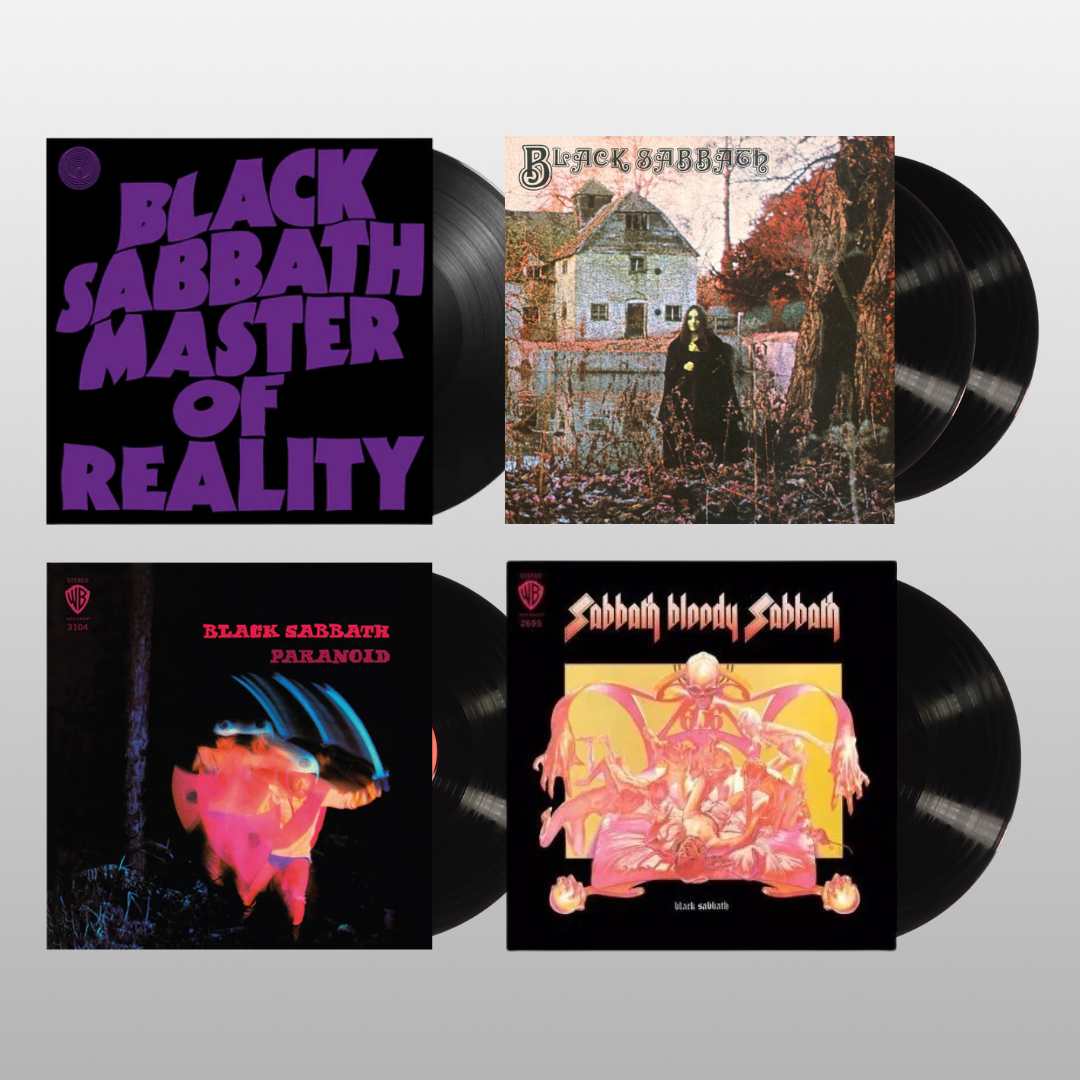



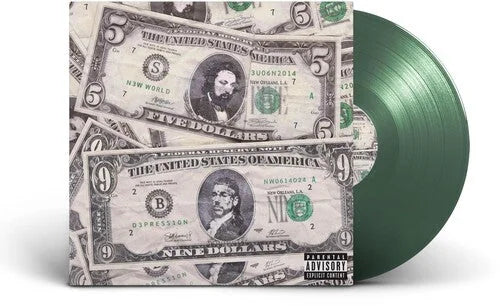
![(hed) p.e. - New And Improved [Pink]](http://vinyl.com/cdn/shop/files/4425252-3389420.jpg?v=1746578880&width=5760)
![1 Locate S - Wicked Jaw [Sky Blue]](http://vinyl.com/cdn/shop/files/4217742-2982879.jpg?v=1693273095&width=5760)
![11/5 - A-1 Yola [2LP Orange Swirl]](http://vinyl.com/cdn/shop/files/3992138-2728122.jpg?v=1684200429&width=5760)
![Mac Miller - Swimming [2LP]](http://vinyl.com/cdn/shop/files/mac.png?v=1767598047&width=5760)

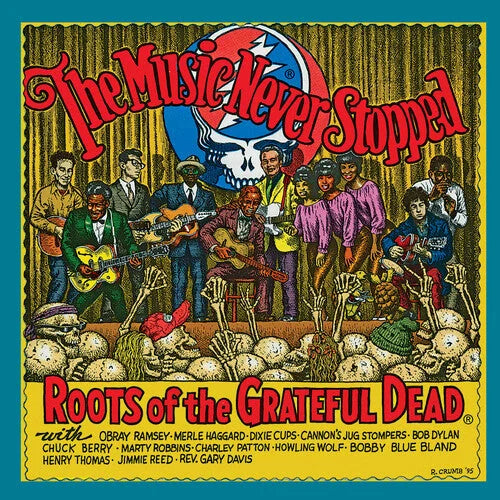

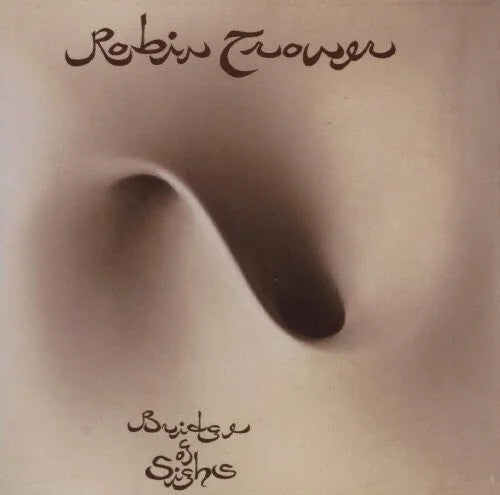
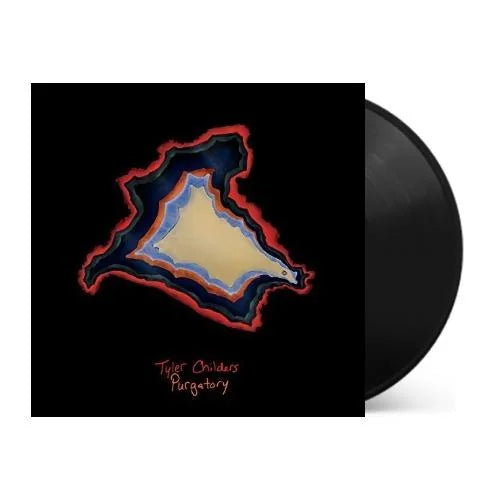
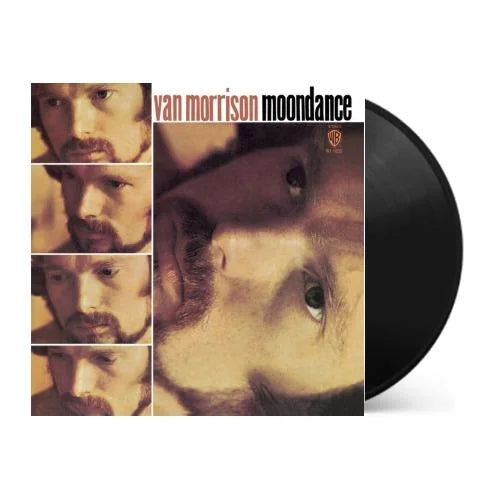
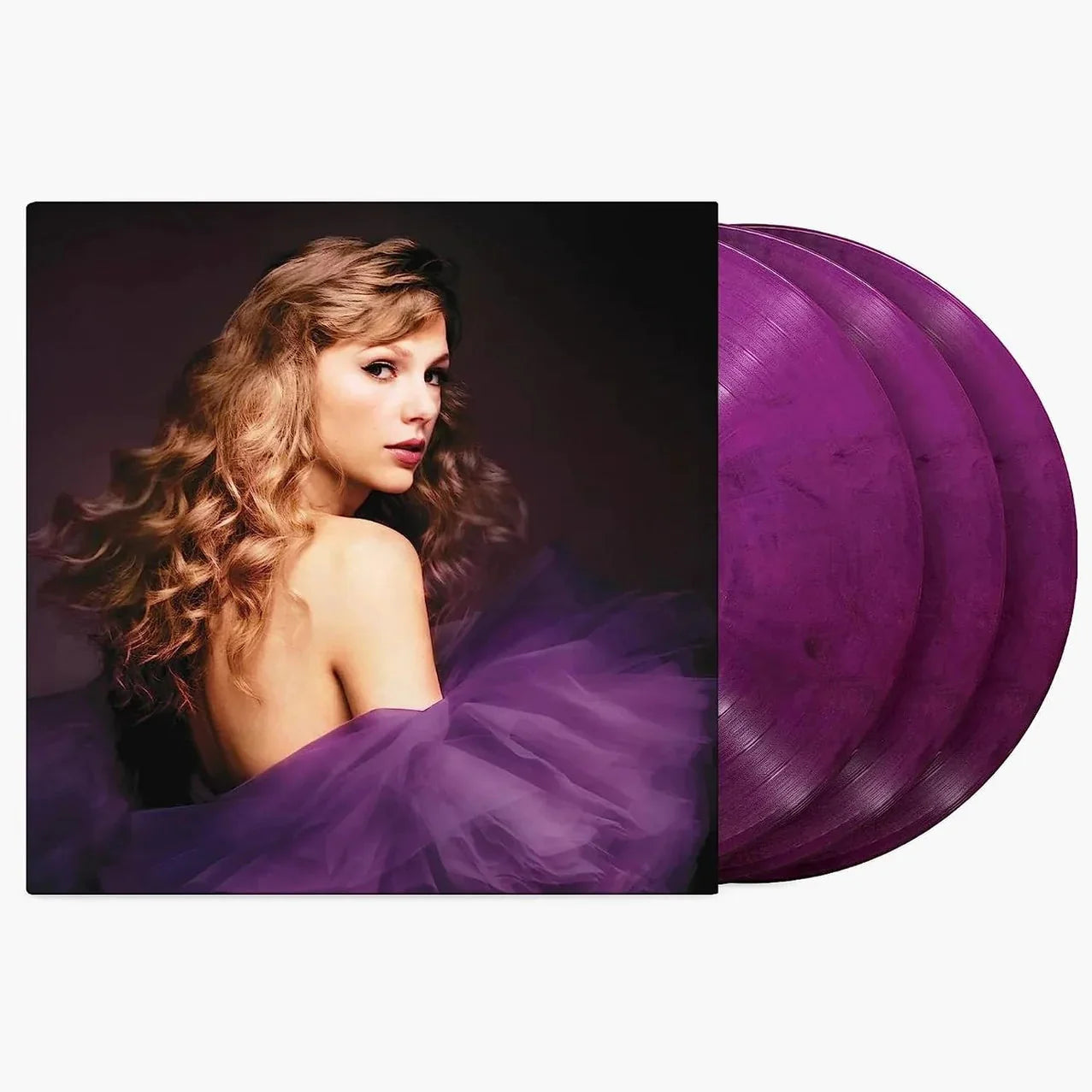
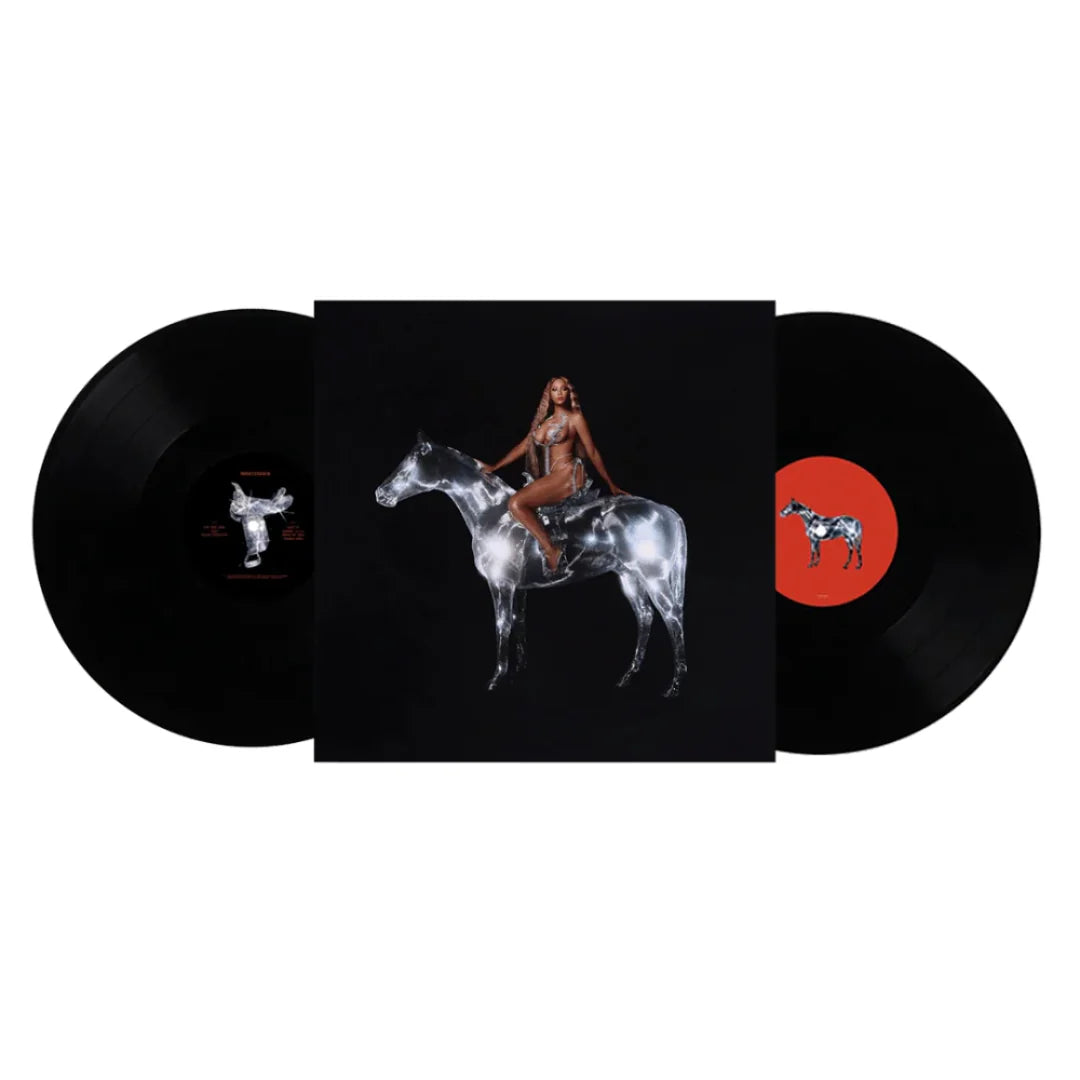
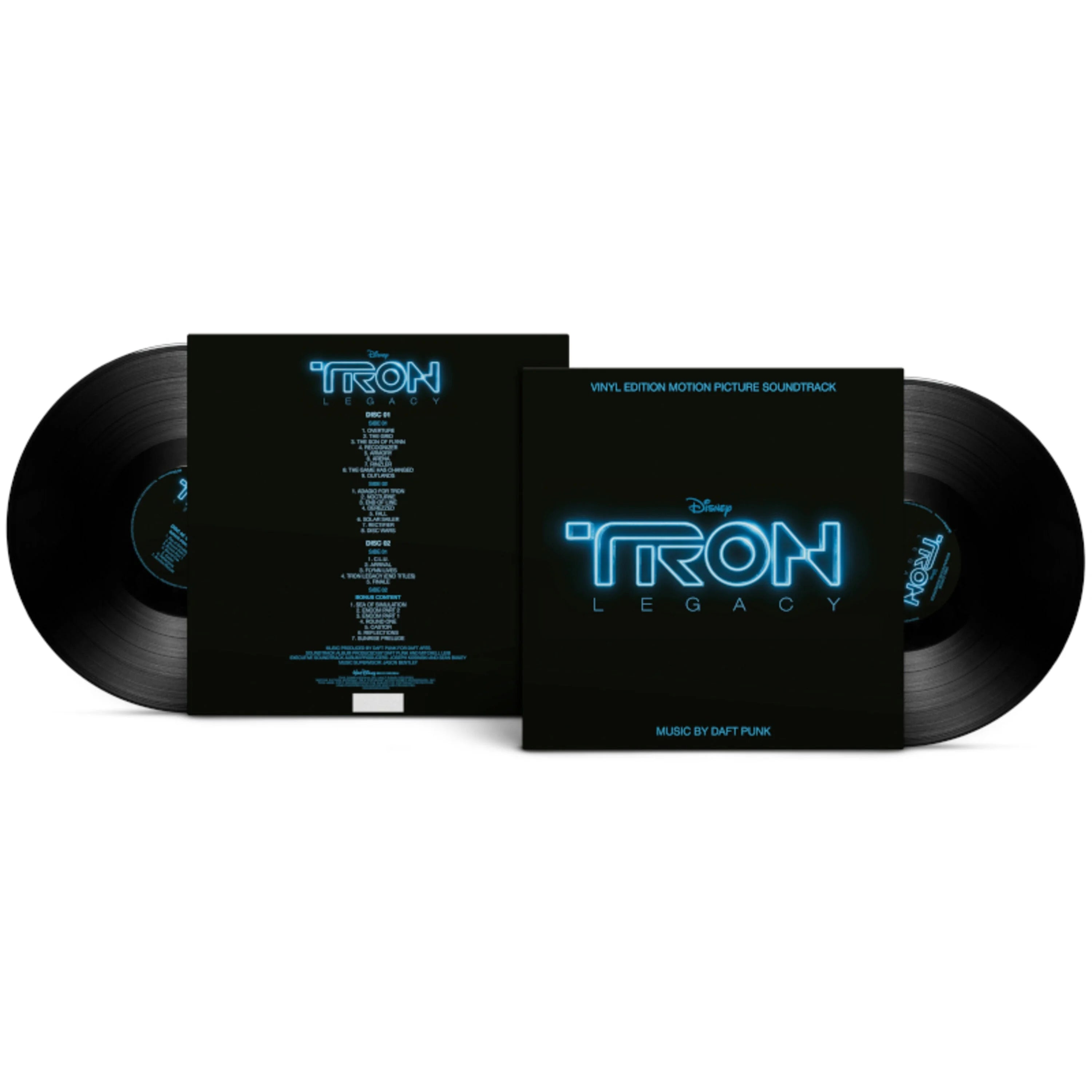

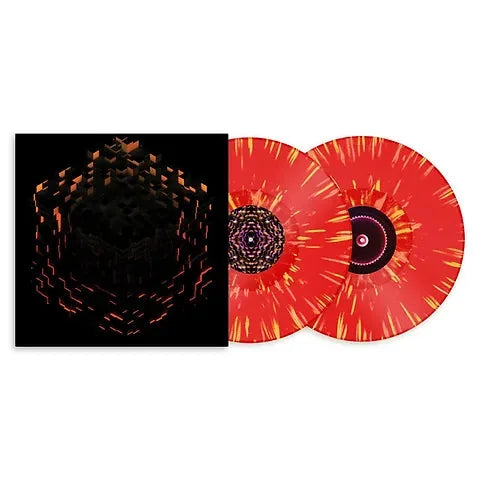
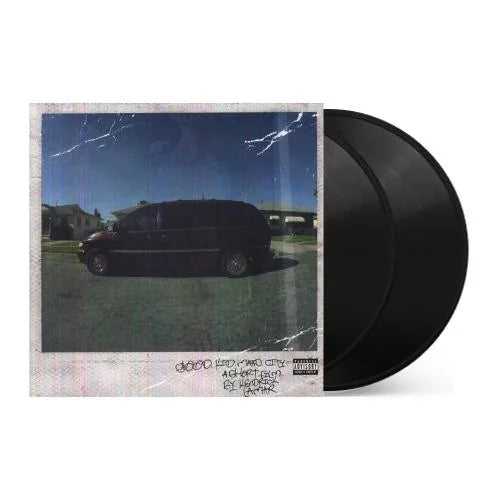

![Mac Miller - Circles [2LP Clear]](http://vinyl.com/cdn/shop/files/mac_1.png?v=1767598863&width=5760)
![Miles Davis - Kind of Blue [180-gram]](http://vinyl.com/cdn/shop/files/Y4LPMD03.webp?v=1742198237&width=5760)

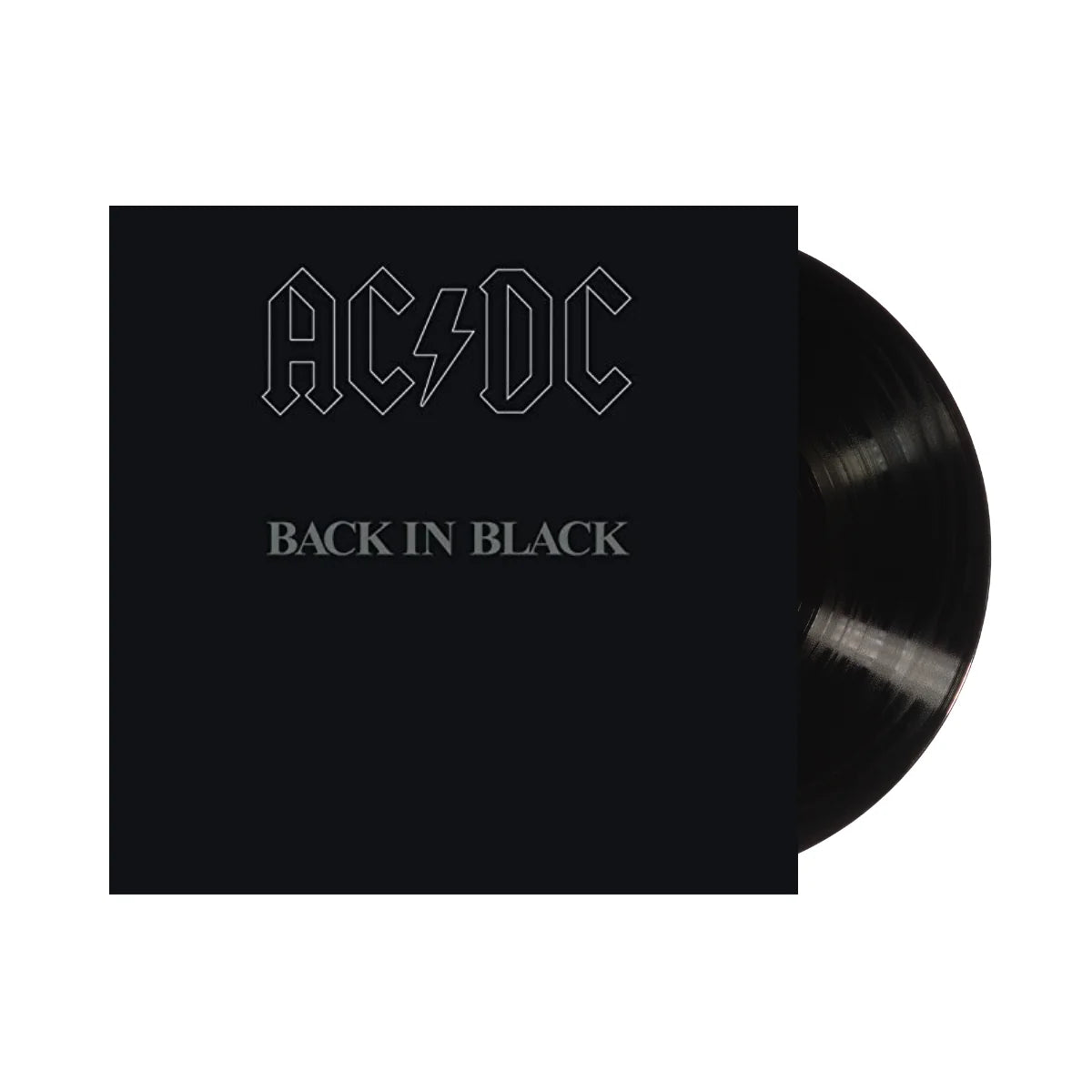
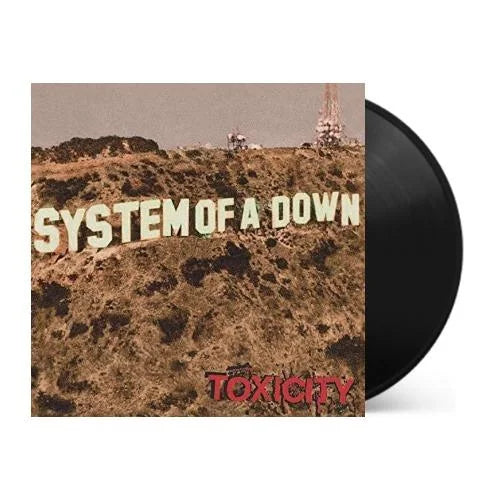
![Taylor Swift - 1989 (Taylor's Version) [2LP Crystal Skies Blue]](http://vinyl.com/cdn/shop/files/taylor_swift_1989_taylors_version.jpg?v=1734389117&width=5760)
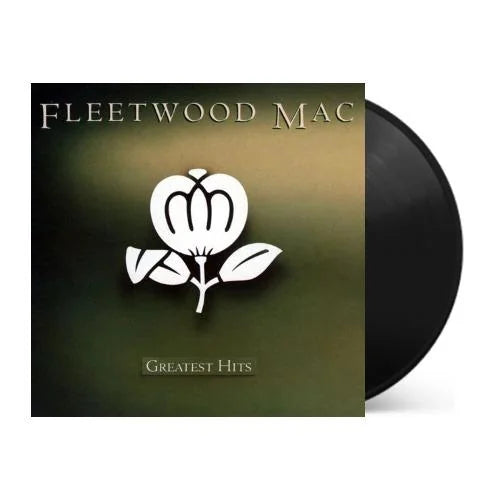
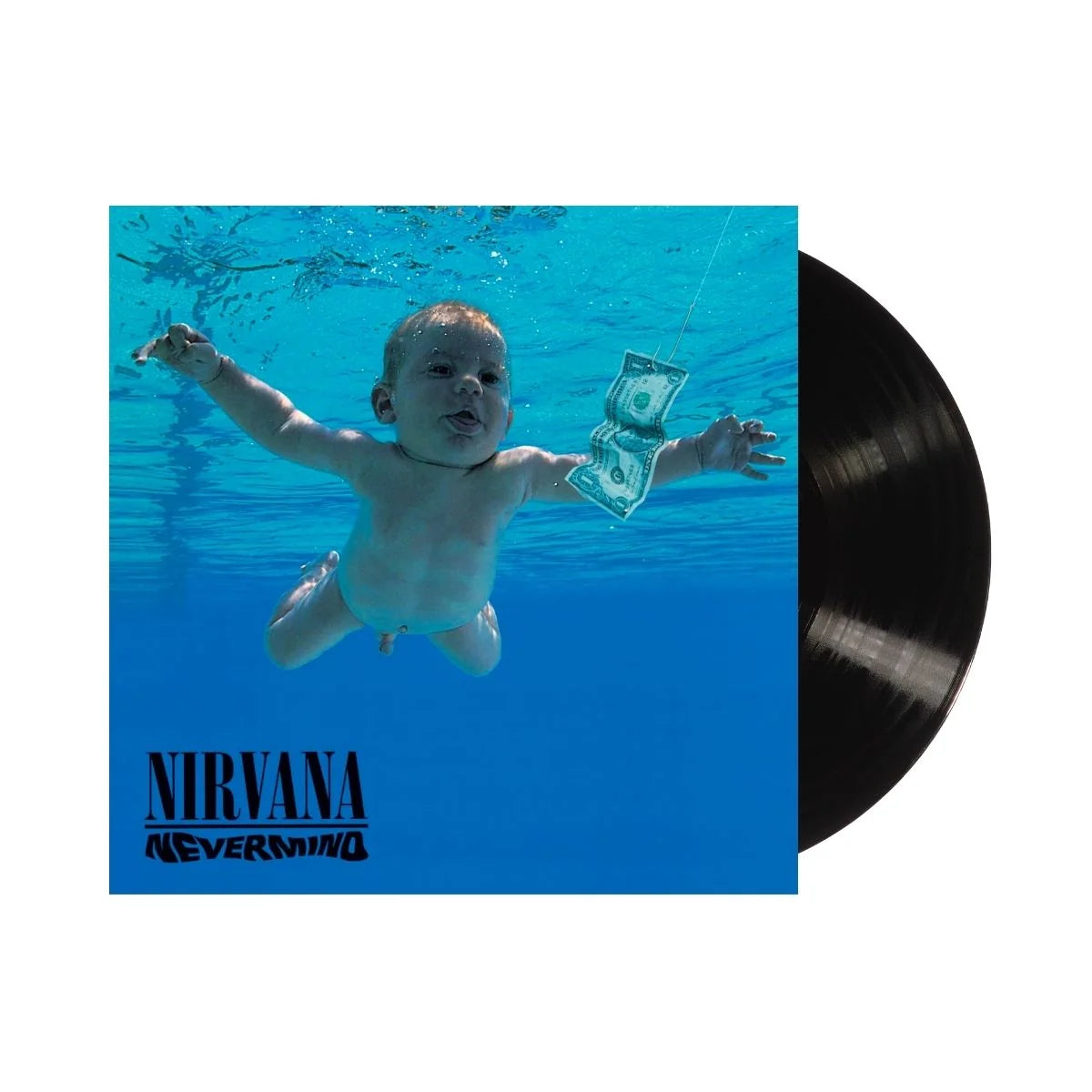
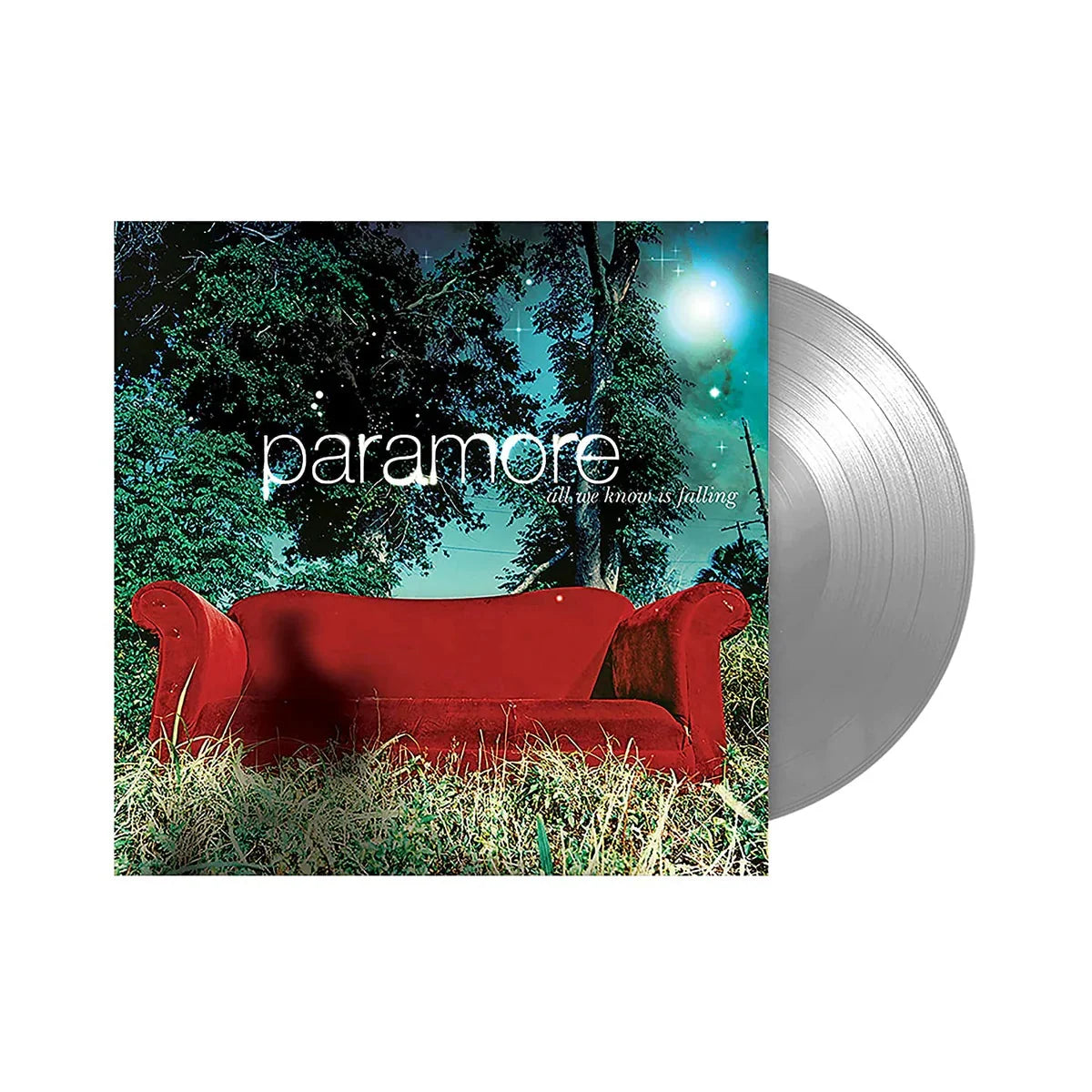

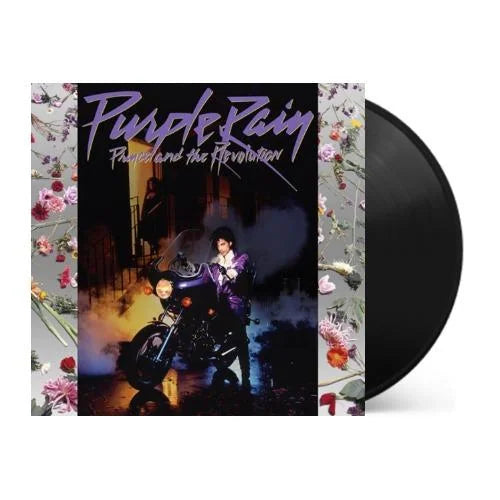


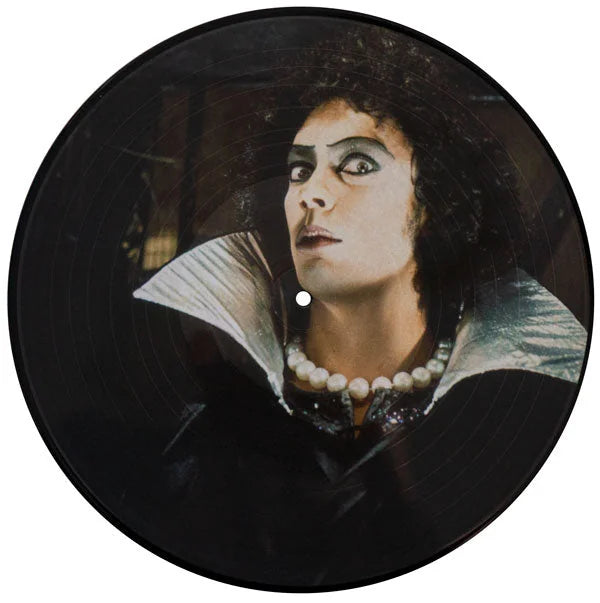
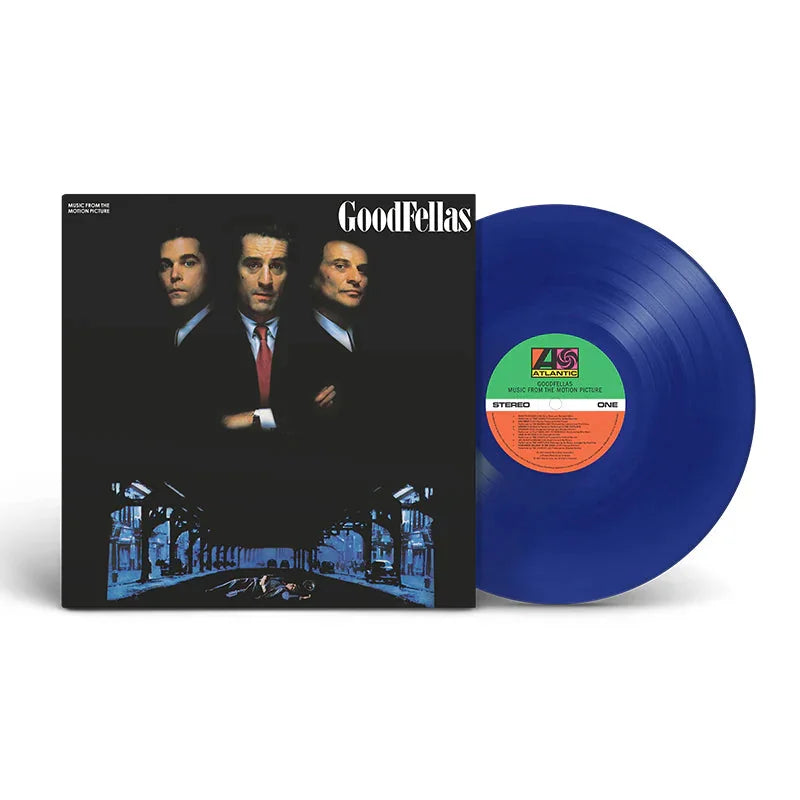
![Transformers: The Movie (Original Soundtrack) [Unicron Marbled 180-Gram]](http://vinyl.com/cdn/shop/files/4417308-3378319.jpg?v=1745982250&width=5760)










